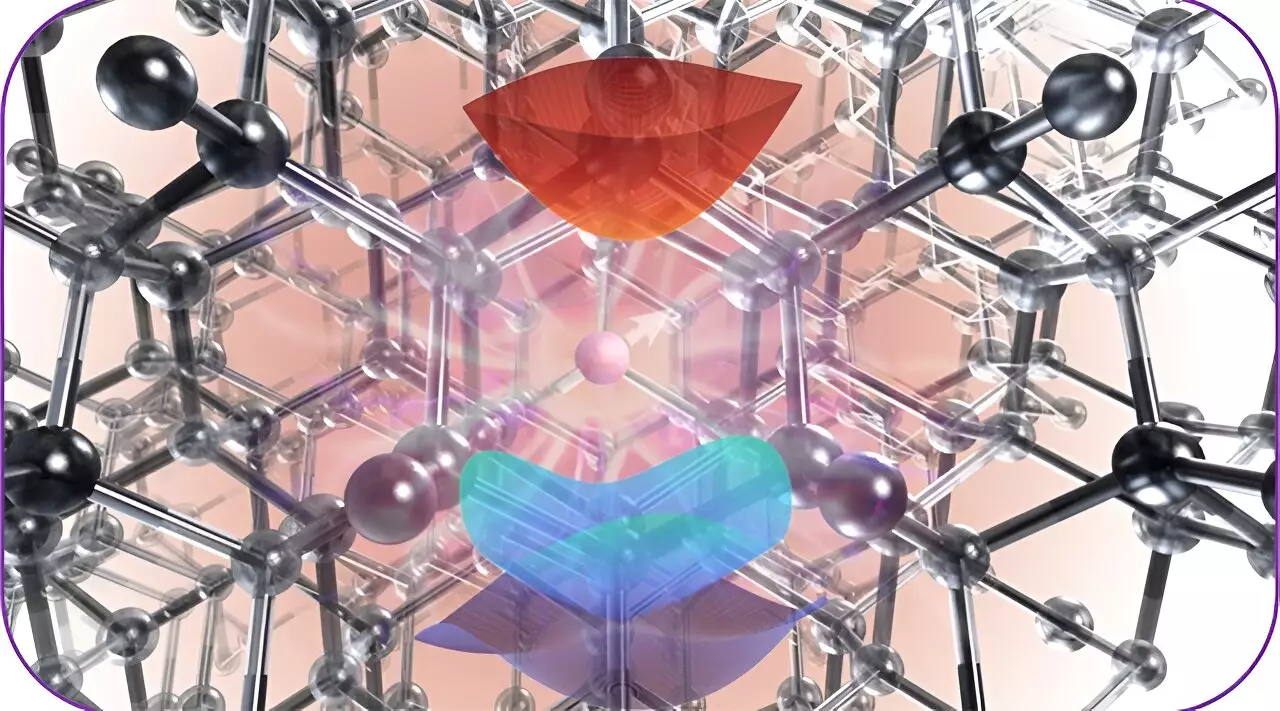Scientists at the University of Chicago’s Pritzker School of Molecular Engineering (PME) and Argonne National Laboratory, in collaboration with the University of Modena and Reggio Emilia, have made a significant breakthrough in the study of quantum materials. They have developed a powerful new computational tool known as WEST-TDDFT, which enables the description of how atoms behave within these materials when they interact with light. This open-source software package, created under the Midwest Integrated Center for Computational Materials (MICCoM), allows for a better understanding and engineering of new materials for quantum technologies.
Quantum materials possess unique properties that make them attractive for the development of advanced quantum technologies. These materials rely on the behavior of qubits, the fundamental units of information in quantum systems. Qubits can exist in states of superposition, representing both 0 and 1 simultaneously, unlike classical bits. Understanding and manipulating these qubits within materials is critical for harnessing their potential.
Previously, researchers struggled to comprehensively explain the atomic processes that occur within excited states of quantum materials, particularly in large and complex systems. The complexity of the quantum mechanical equations used to determine atomic properties necessitated significant computing power and time, making it impractical for large-scale analysis.
However, with the introduction of WEST-TDDFT, the team led by Professor Marco Govoni and Professor Giulia Galli has revolutionized the field. They have developed a novel, more efficient method for solving these quantum mechanical equations, thereby enabling the study of larger systems that more closely resemble those used in experimental laboratories.
The interaction of light with quantum materials is pivotal in understanding their function and potential applications in quantum technology. Galli emphasizes the importance of light as an interrogation tool for these materials, highlighting how it enables the prediction of absorption and emission processes. However, until now, scientists could not fully comprehend the intricate atomic processes occurring within the material’s excited state.
The WEST-TDDFT tool overcomes this limitation by providing accurate predictions for light absorption and emission while shedding light on the underlying atomic processes. This breakthrough opens up new possibilities for designing materials that can effectively manipulate qubits or employ them as sensors or data storage units.
The efficiency of the WEST-TDDFT tool is a key advancement in the field. By significantly reducing the time and computing power required for analysis, the tool allows for the study of large-scale systems. These systems more closely resemble the ones used in experimental laboratories, enabling researchers to make direct connections between theory and practical applications.
The team has successfully applied the new approach to study the excited state properties of point defects in three different materials: diamond, 4H silicon carbide, and magnesium oxide. Even with systems containing hundreds or thousands of atoms, WEST-TDDFT effectively calculated the properties, proving its accuracy and reliability.
The development of WEST-TDDFT is just the beginning of an exciting journey for the team. They are actively fine-tuning the algorithms within the package to encompass a wide range of materials, not just those specific to quantum technologies. The implications extend to low power and energy applications as well.
The Galli lab, aiming to study and design new quantum materials, is moving forward with its research and development efforts. Their discoveries have the potential to advance the design of quantum sensors reliant on spin defects, further pushing the boundaries of quantum technology.
The collaborative efforts of the University of Chicago, Argonne National Laboratory, and the University of Modena and Reggio Emilia have resulted in a groundbreaking computational tool for studying quantum materials. The WEST-TDDFT software package offers a more efficient and accurate way of describing the behavior of atoms within these materials when interacting with light. This tool has the potential to unlock new possibilities in quantum technologies, enabling the design and engineering of materials with enhanced functionalities. The future looks bright for advancements in the world of quantum materials, and WEST-TDDFT is at the forefront of this exciting journey.


Leave a Reply